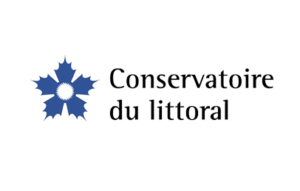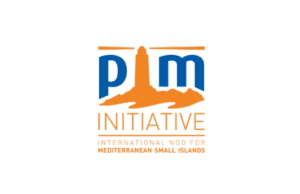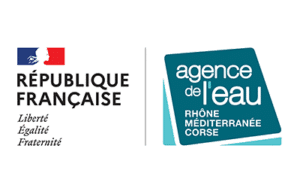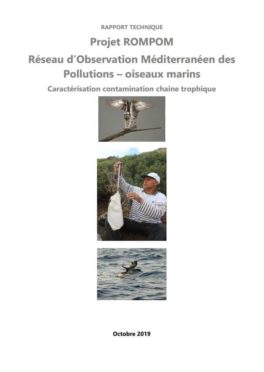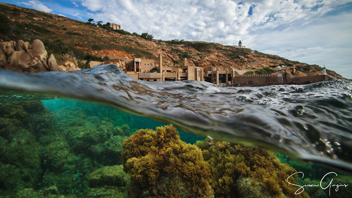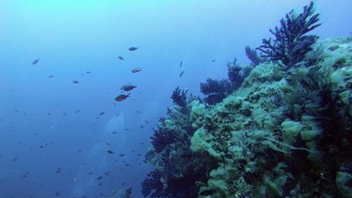
MEDITERRANEAN OBSERVATION NETWORK OF POLLUTANTS BY MARINE BIRDS
Through the Mediterranean Small Islands Managers Network (PIM Initiative), the ROMPOM network has been set up on different pilot sites in the western Mediterranean to assess marine pollution levels by analyzing biosamples of pelagic and coastal seabirds breeding on different Mediterranean island sites. The longer term objective is the creation of an observatory on a Mediterranean scale allowing the analysis of the latter between sub-basins.
Different protocols are set up :
– the first targets heavy metals such as mercury, through the collection and analysis of feathers from chicks of pelagic and coastal breeding species of the small Mediterranean islands (Common shearwater and Osprey) ;
– The second protocol aims to assess contaminant levels in unfertilized eggs of Shearwater and Osprey.
The target species are the Common Shearwater, Calonectris diomedea (a species widely represented on almost all the proposed pilot sites) and the Osprey, Pandion haliaetus (this species has the advantage of feeding in the direct vicinity of its nest during the breeding season. The location of pollution is therefore more accurate than with the previous pelagic species).
A test phase was conducted in 2015, and the first field sampling began in 2017 (Zembra National Park – Tunisia, Habibas Archipelago – Algeria, Calanques National Park – France). Regarding the Osprey it is the areas of the Balearic Islands, Corsica and the Maremma Regional Natural Park that are concerned. The collected samples are now being analyzed at the Laboratory of Environmental Chemistry of Aix-Marseille.
The map available on the platform shows the distribution areas of the target species during the breeding period (chick rearing) as well as the potential sites (whose managers are mobilized /or distribution area of the target species not well known). To view it, click on the “Access Maps” button just below.
Contact : Eva Tankovic (e.tankovic@initiative-pim.org)
Project Leader : Initiative PIM – http://initiative-pim.org
Update frequency : Every two years.
Partners : Laboratory of Analytical Chemistry and Environmental Sciences of Arbois, Conservatoire du littoral, Initiative PIM
